I Want Cheaper, Smaller, and Less-Modular Board Games
This article has lots of pretty pictures. It also has a picture of Underwater Cities.
Board games have become much fancier and more expensive over the years. I first recall the backlash to this “deluxification” when Stonemaier Games announced the minis for Tapestry. For the uninitiated, “minis” are three-dimensional plastic figures that hobbyists often enjoy painting. You can see these Tapestry minis below.
The backlash didn’t concern the minis themselves, I think they look quite nice, but critics instead focused on their meager gameplay purpose. If you’re unfamiliar with Tapestry, you might assume these large, three-dimensional figures represent some special power. They don’t. Rather, these minis only exist to cover up spaces on the board. The same task could be done (and has been done) with thin pieces of cardboard.
A few years later, Tapestry looks pedestrian. The Kickstarter behemoth Foundations of Rome relied on minis, and the game shipped in a box bigger than the Roman Empire at its peak.
Not to be outdone, a board game jokester known as the Dragon’s Tomb mockingly released Rock, Paper, Scissors: Deluxe Edition.
According to the description, the game ships with an amethyst geode, embroidery scissors, and gold metallic paper. This is pretty funny, but the best jokes come from the things people mean seriously. Later, the board game world saw a non-mocking release of Tsuro Luxury Edition. Kickstarter offered a $350 version of a game that sells for about $35 on Amazon.
As a result, I’ve seen a trend of hobbyists calling for an end to the over-produced game. People want their games to look like the ones made before Kickstarter madness. I disagree. I think the only style was excessive too. I want games even cheaper, smaller, and less deluxe than traditional retail titles.
Here’s an example of a standard, non-Kickstarter game. It costs about $60 on Amazon, and probably more at your local game store. For that price, you get this:
No one considers Underwater Cities “overproduced,” but I still see some bloat here. First of all, the pieces don’t even look good, so it’s not like there’s great aesthetic value. Second, I think all the plastic materials could be replaced with cheaper cardboard chits. Finally, the central player board doesn’t provide much. Players will score the bulk of their points at the end of the game, so I don’t think you need much real estate for point tracking. Otherwise, the central board just provides some spots for cards. It also doesn’t make thematic sense. If that board represents Earth, where are the underwater cities that the players build?
Another infamous example is Splendor. The game features large poker chips, despite the lack of poker-y gameplay or theming. Even with that bloat, its box wastes a lot of space. Here’s a Reddit user fitting seven games in the Splendor box.
I see this a lot in games, and I’m tempted to provide an evo-psych explanation for the phenomenon. In humanity’s early days, size correlated with value. A large piece of meat offered more than a small one, so maybe our monkey brains feel the same way about board games. We feel like we’re getting more value from a larger box, even though you can’t eat board games. Nope, not even the pieces from Azul: Stained Glass of Sintra.
I’ve seen good examples of simplification. Here is a homemade project from Reddit, where a user implements a travel-size version of the hit game Azul.
I also enjoy Ultra Tiny Epic Galaxies, which packs the full gameplay of the already small Tiny Epic Galaxies into a package not much larger than a standard poker-card box. While not a remotely small game itself, I enjoy the scorekeeping system of Millenium Blades. The game puts a 100s, 10s, and ones track on the player board, allowing the player to track their scores with only three small cubes.
My favorite example, though, has to be Horizons of Spirit Island. This game includes the same ruleset and difficulty as the base game, but it takes up less space and only costs $30. For comparison, a few days ago, I saw the original Spirit Island selling for $90 at my local game store. The game trims its price and size by offering cheaper components, fewer spirits (spirits are the player powers, which provide a variety of playstyles), limiting the game to three players, and removing some of the optional modules. I don’t see an issue with any of these removals. The flimsy player boards are fine, and the cardboard chits work just as well as plastic figures. Sure, I’m limited to three players, but doubt that anyone ever enjoyed the game with four.
Yes, the original game offers more variety. How often would play each of those spirits though? I’d probably find a few I like and stick with them. Horizons shortcuts that process by providing only five spirits and having all five perform well. On top of all that, it looks great!
So, why don’t we see more un-deluxified versions like this? It seems like it would save costs on the production end. A smaller box size would allow publishers to put more units in a shipping container, and lighter items are cheaper to ship within a given country. I also see a benefit to the consumer. I know I’m overly fastidious with respect to clutter, but I’ve never heard anyone complain that their stuff takes up too little space.
I think we can blame Kickstarter and other crowdfunding sites for the lack of smaller, cheaper games. I’ve seen multiple interviews where publishers voice the same observation: when they offer cheap versions, no one backs them. I believe these publishers, but that seems kinda odd, right? Are board game hobbyists the one group of people for whom the law of demand doesn’t apply? Probably not, but I think I know what’s going on.
On Reddit, I’ve heard a couple of users saying something to the effect of “there are two different hobbies: board game playing and board game collecting.” I agree, but I want to draw some light on the term “collecting.” This might be apocryphal, but I once heard a story about the origin of the term “action figure.” Toymakers realized that parents weren’t buying dolls for their sons, so they started marketing masculine dolls as “action figures.” Boys have played with dolls ever since. I think the term “collecting” also acts as a masculine euphemism. My bros, you’re shopping. You enjoy board game shopping. Nothing wrong with that, but that’s what it is.
With that in mind, it explains why the cheaper versions don’t sell well. If you only care about playing board games, Kickstarter probably doesn’t interest you that much. If you enjoy shopping, however, you don’t want to just play the game. You enjoy the process of backing a game, purchasing its expansions and upgrades, and seeing all its glory on your shelves.
Since so many games rely on crowdfunding, shoppers dominate the market. Thus, I hope traditional retailers start to play a larger role in the industry. I think they could solve the problems I’ve had with Final Girl.
Final Girl is a single-player game inspired by Hollywood slasher films. To play it, one must first obtain the “Core Box.” From there, the game remains unplayable until you also buy at least one of the “Feature Film” boxes, each with its own slasher and corresponding playstyle. That’s not including the “Vignettes,” which require both the Core Box and a Feature Film. Finally, there’s the lore and scenario book, which, I don’t know, I give up.
I spent some time last weekend searching for the best Feature Film box to buy alongside the Core Box. Ultimately, I couldn’t find a clear answer, so I decided to pass on the game. This multi-box system makes the most sense for those that enjoy board game shopping. For people who just want to buy one box and play with the stuff in that box (as in, the way every other game ever has worked), the system feels cumbersome. I long for a Target-exclusive Horizons of Final Girl that picks the best stuff and puts it in one, scaled-down, non-expandable box. I’d buy that and probably play it more times than the shoppers play their $300 version.

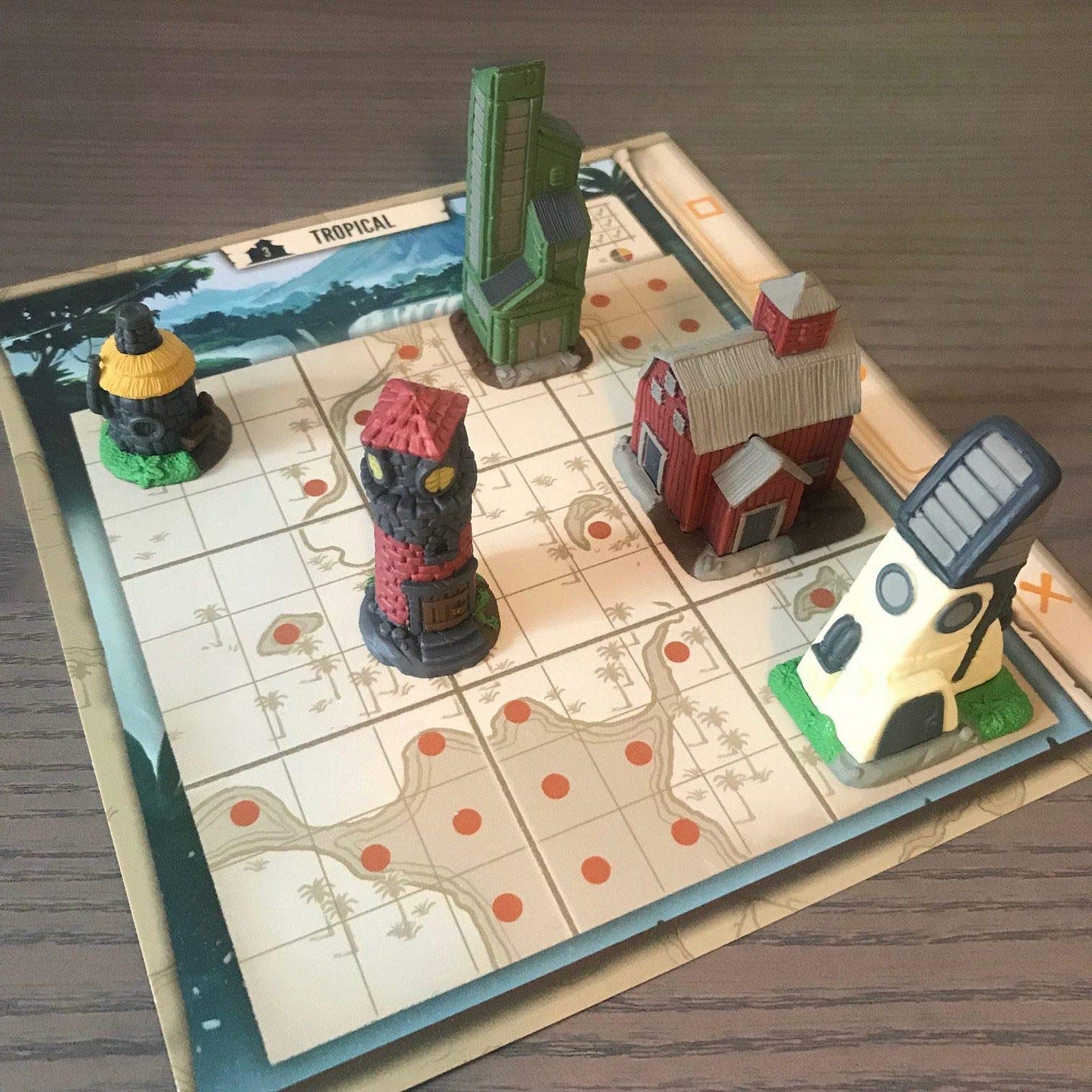
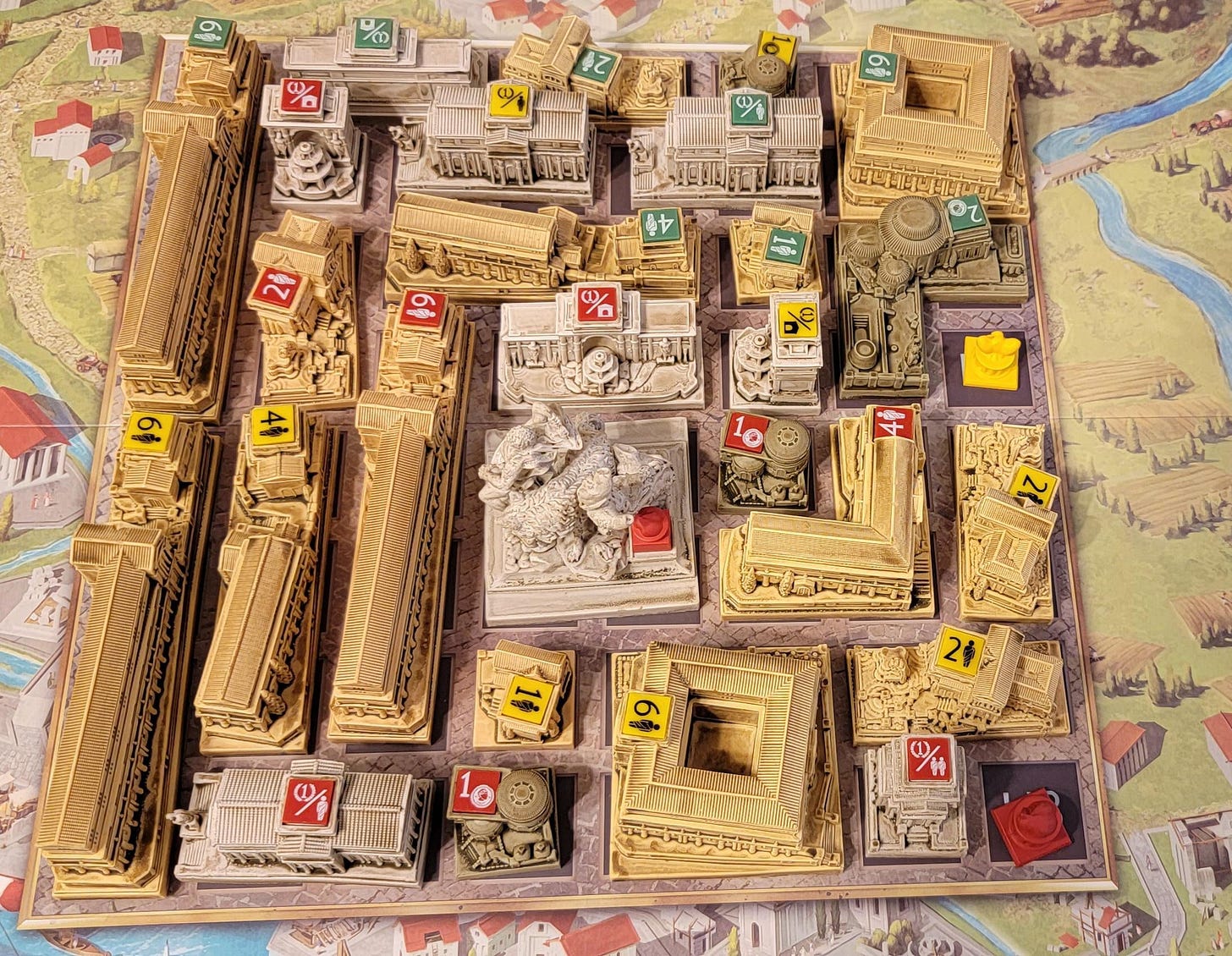


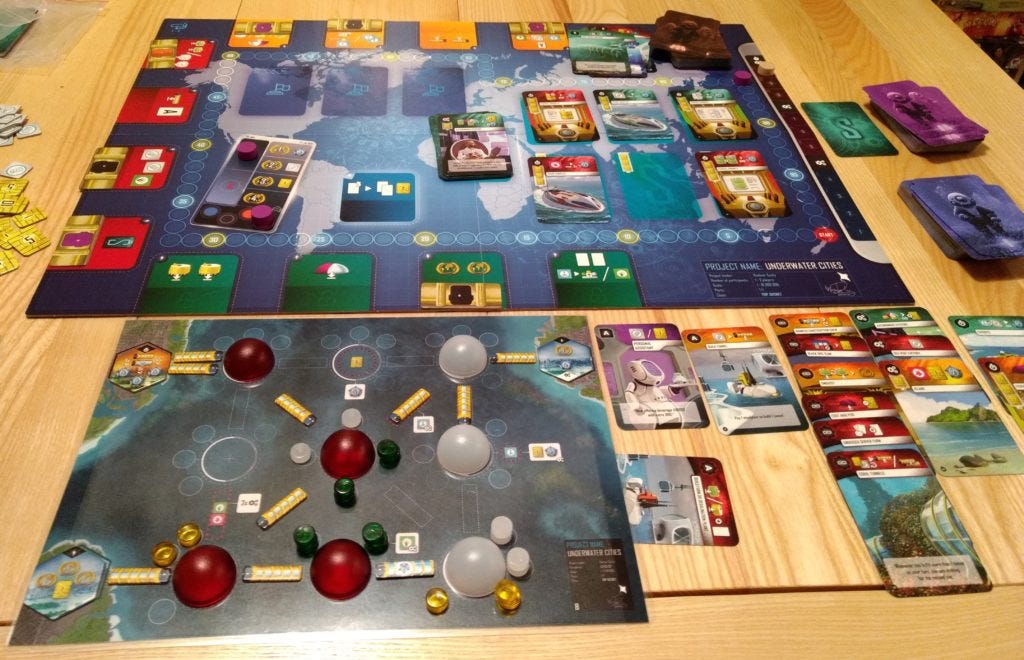
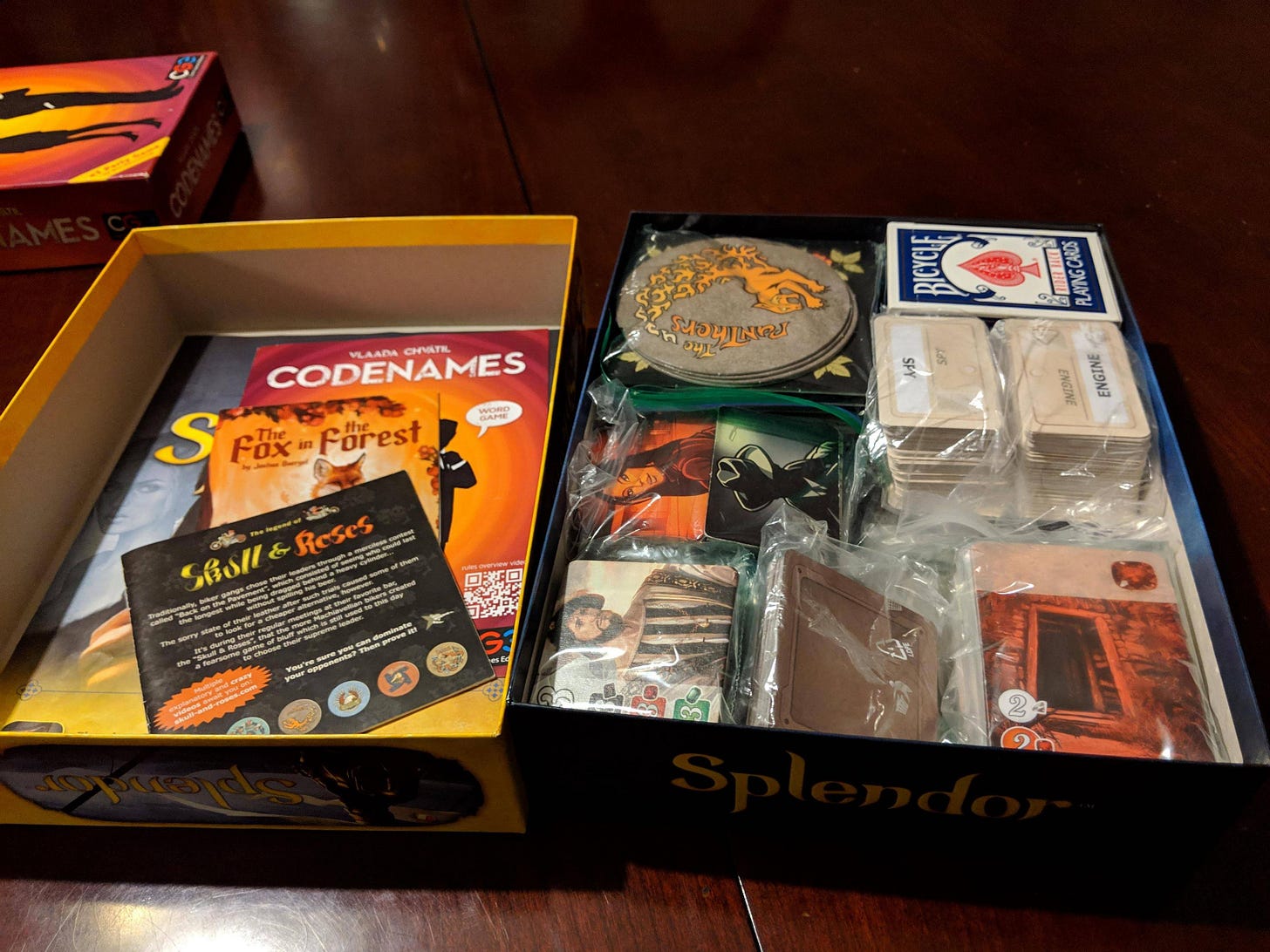

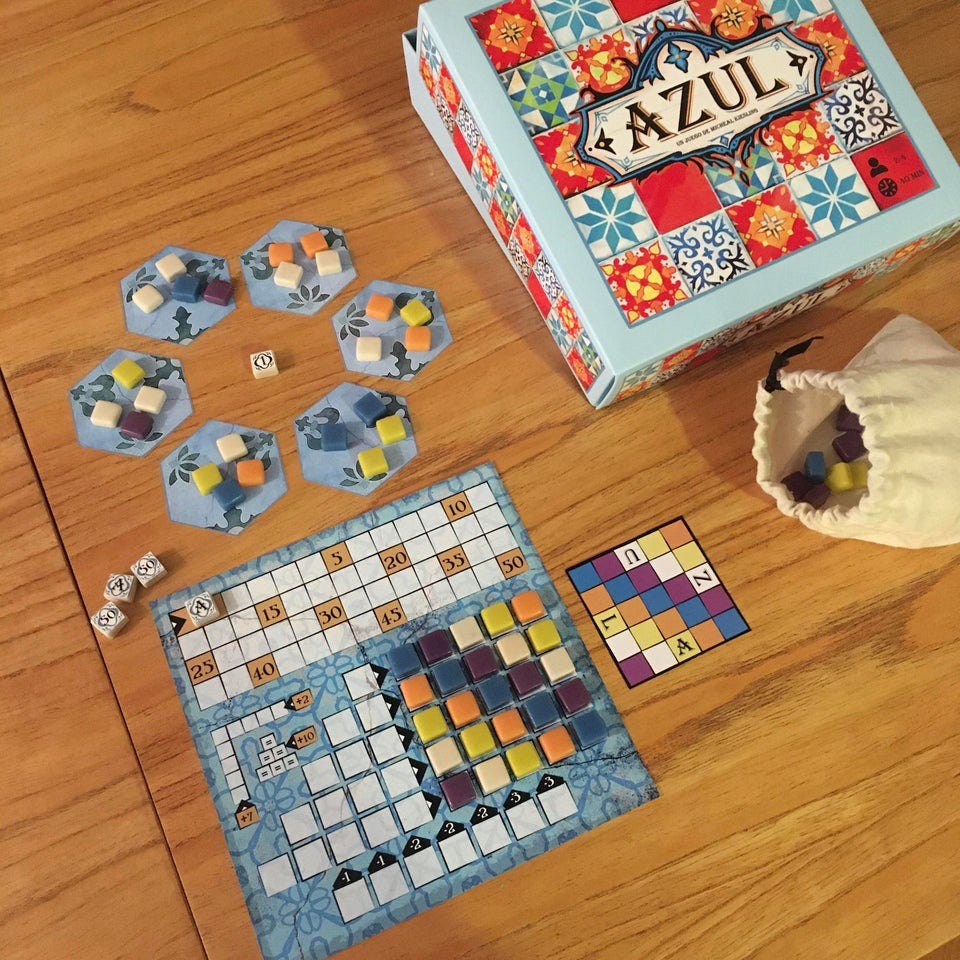


![Final Girl: Full Fright In 3D Pledge Plus Game Mats Bundle [Series 1] (Kickstarter Pre-Order Special) Kickstarter Board Game Van Ryder Games KS001081A Final Girl: Full Fright In 3D Pledge Plus Game Mats Bundle [Series 1] (Kickstarter Pre-Order Special) Kickstarter Board Game Van Ryder Games KS001081A](https://substackcdn.com/image/fetch/$s_!nX25!,w_1456,c_limit,f_auto,q_auto:good,fl_progressive:steep/https%3A%2F%2Fbucketeer-e05bbc84-baa3-437e-9518-adb32be77984.s3.amazonaws.com%2Fpublic%2Fimages%2F255c9702-2094-4aaa-abcf-1aeadbcc98e7_400x400.jpeg)
I like the idea of that smaller version of Spirit Island. And I love Spirit Island. Probably one of my most played games. Capping the player count at three is just the correct decision for that game, even for the original kickstarted version. Playing Spirit Island with four people, in my opinion, makes a fun, complex, but fast moving puzzle of a game into a massive slog.
Definitely agree with you about kickstart, collecting, and shopping. I think many people, especially at first, fall into the collecting trap (happened to me!) as well as the shopping habit (kinda sorta happened to me).
One thing, too, that kickstarters have led to is filling a game with expansions before it's been properly playtested as a base game. It's rare for a design to be 100% finished when a kickstarter goes live, which is why backers sometimes fill their collective diapers over the smallest possible changes to the game they backed. But because the core design isn't completed, every promised expansion just doubles down on a foundational problem. But because shoppers expect their kickstarter to be full of expansions and exclusives, you have games that ship in fifteen boxes where, a year later, players come to the conclusion that 5 of the 7 expansions are best left on the shelf.
For all the complaints within the hobby about Jamey Stegmeier (I like him! though he's never made one of my favorite games, I do enjoy playing most Stonemeier games), I do think he does a good job of incrementally adding to his games. To use Tapestry as an example, he could have promised to ship it with 4 expansions right off the bat, but instead he gathered tons of data from players as basically a massive playtest to drive the development of the next expansions.
It's like Cones of Dunshire. "Punishingly intricate."